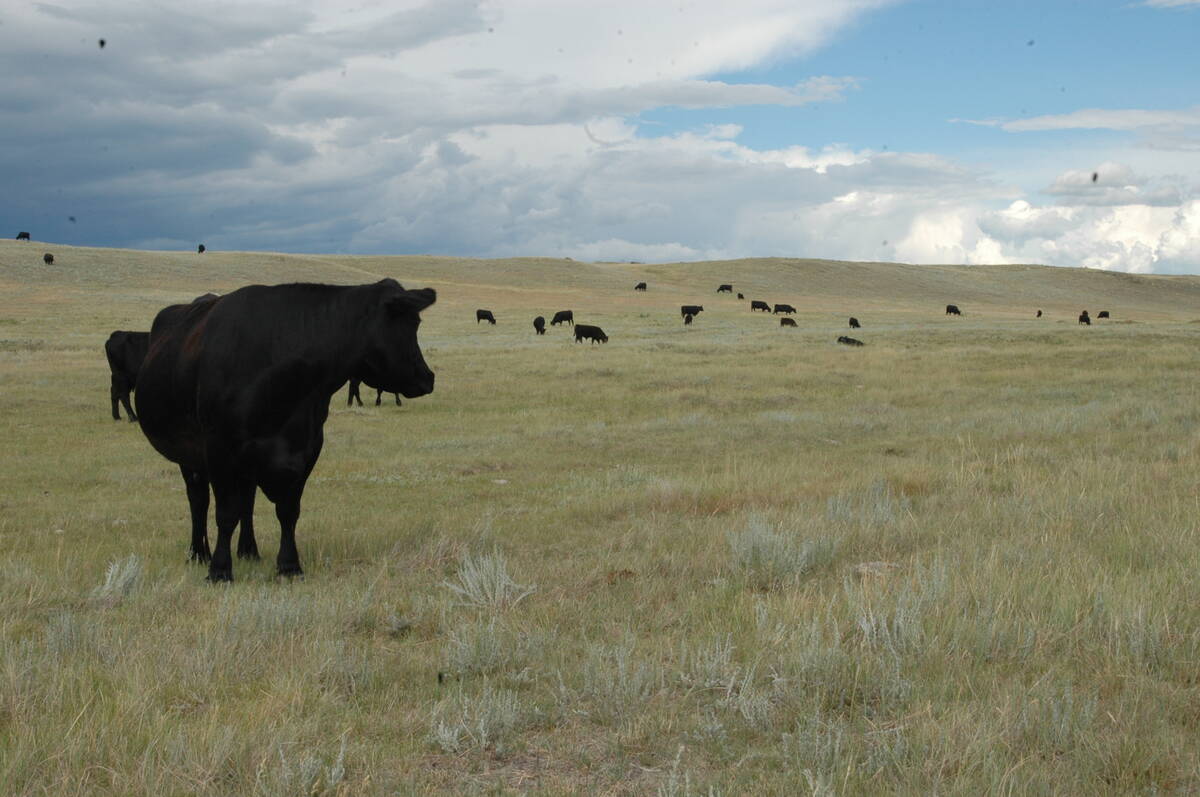Contamination risks | PRRS, circovirus and parvovirus can be killed by proper sanitation, cleaning procedures
DES MOINES, Iowa — Lots of lethal bacteria and viruses crawl around on hog transport truck trailers, but the most dangerous organism sits in the cab.
“The driver is the greatest risk on the truck today,” said Butch Baker of Iowa State University, a former PIC veterinary and disease control expert.
“They’re the ones who can contaminate the trucks, they’re the ones that recontaminate the trucks, they’re the ones who break the rules, they’re the ones you’ve got to watch and they’re the ones you’ve got to train.”
Read Also

Canadian Food Inspection Agency slammed for handling of bovine tuberculosis case
The federal government leans heavily on producers to “take one for the team” and risk their livelihoods without any reassurance of support.
Baker said sterilizing trucks is a difficult and intensive process, but research and many pig breeding companies have proven that it can be done.
PRRS, circovirus and parvovirus can all be killed by diligent cleaning, disinfecting, drying and super heating.
However, he said it is all pointless if the truck driver gets out and talks to the guys washing and disinfecting the truck and then drives to the next farm and gets out to talk to the barn workers there.
“The only way you’re going to make this thing biosecure is to fix the driver situation,” said Baker.
“You have to monitor and you have to verify that things are done right.”
Baker said his experience at PIC while PRRS was being eliminated from the company’s pigs helped him develop the belief that the disease can be eradicated and kept from spreading. Strict cleaning and drying protocols with the company’s trucks ended the chance of breeding animals taking the virus to buyers. A full fleet of PRRS-negative trucks servicing PRRS-negative herds ensured the disease was not trucked around.
“We never delivered PRRS to another customer by truck,” said Baker.
PRRS can be easily controlled.
“PRRS is a wuss,” compared to circovirus or parvovirus, which “take a flamethrower to kill,” he said.
However, everything has to be done right. Cleaning facilities are useless if they recycle untreated water that just spreads the virus to other trucks. Disinfectants need to reach every part of the truck and every place the disease is hiding.
Drying needs to dry everything, which can involve leaving a truck for 24 hours or longer after being cleaned. Heating requires high-enough heat for a long-enough time.
Baker said most over-the-road truck cleaning set-ups don’t eliminate the disease and probably spread it to every truck that goes through. Cleaning systems need to ensure that clean trucks are segregated from dirty areas and emerge sterilized.
However, farmers also need to ensure the trucker doesn’t re-infect his truck through negligent behaviour, Baker said.
Fortunately, GPS tracking allows companies to track where their trucks and drivers are and that “they’re not sitting for eight hours at a truck stop beside four slaughter hog trucks.”
Another procedure that works is to put seals on cleaned trucks that are only removed at the next farm. That’s what his company did.
“If it showed up without a seal, the lowest-paid person on the farm was empowered to send it back,” said Baker.
“Pretty soon the drivers became the best inspectors because they didn’t want to have to go through the process again.”















